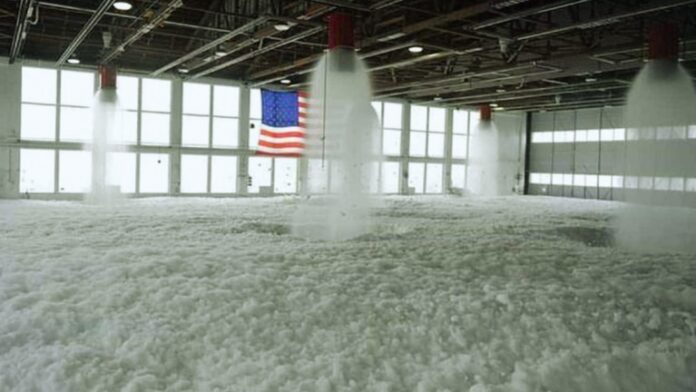
Firefighting aqueous film-forming foam (AFFF) is one of the most dangerous aspects of firefighting. In any given fire, there’s always the chance that something could go catastrophically wrong. Unfortunately, when things do go wrong, they often go very wrong. However, with the right knowledge and forethought, we can reduce the frequency with which AFFF goes catastrophically wrong.
Long-term exposures to deadly AFFF can give you various types of cancer, which are hard to detect on time, and the firefighter has to lose his life. If any of your family members get cancer due to exposure to AFFF, you need to hire an experienced attorney who can guide you through the whole process of getting compensation for AFFF cancer. This article lists some shocking facts about AFFF you may not have known before reading this article.
Firefighting aqueous film-forming foam can be deadly
AFFF is made of water, ammonia, and polyol. The polyol is what makes the foam expand and rise. If the polyol gets exposed to air, it can turn into a deadly gas called ammonia. When ammonia is inhaled, it causes coughing and gagging, quickly leading to severe asthma attacks. When ammonia is inhaled, it also causes burns to the throat and lungs, leading to death.
The effects of ammonia poisoning are often felt within a few minutes, so the potential to be extremely dangerous is high. For example, if firefighters inhale too much ammonia, they may experience dizziness, nausea, and a rapid heart rate, which could indicate a serious asthma attack. In addition, if a firefighter inhales too much ammonia, they may be unable to respond safely to the fire.
Fighting AFFF requires special training and equipment
Firefighters, as a rule, don’t have much experience with aqueous film-forming foam. Due to the extreme danger of handling this foam, many departments require a special training course. This is especially necessary if an incident occurs where a large amount of aFFF is required, such as during a wildfire. The fire department may require additional training to handle aqueous film-forming foam safely. If a firefighting agency requires you to have more specific training, it’s a good idea to seek out training as soon as possible. Some of the equipment often required for fighting AFFF includes a special foam hose, which helps firefighters safely contain the foam without being injured or burned.
Did you know that one in three firefighters has asthma?
Asthma is the most common breathing condition for people who work in firefighting. About one-third of all firefighters have had an episode of asthma that was severe enough to require medical attention. In addition to having asthma, many firefighters also have a history of smoking, which can lead to problems with breathing in firefighting environments, such as smoke and CO2. Smoky environments and high humidity also increase the risk of a person with asthma having an attack.
Final Words
Firefighting is one of the most dangerous professions in the world. It requires great responsibility and a willingness to risk one’s life to protect others. When fighting fires, it’s important to remember that the chance of things going catastrophically wrong is always present. Therefore, we must remember the facts about firefighting aqueous film-forming foam and how to handle this dangerous foam safely.
Read Also : Four Most Common Challenges in CNC Machining





























































